The essential ingredient in the recipe for stained glass begins
with the plain old brown stuff you find at the seashore.
But plain and brown dissolve before your eyes as soon as you
add the other vital ingredients -- a hellishly hot oven
and a fire in the belly of deeply committed artisans.
You can call that a recipe for making stained glass -- or you can call it
the blueprint for La Sainte-Chapelle, a chapel seemingly
glued together with a treasure chest of royal jewels.
Stained glass is the yoke that binds this shrine to royalty and religion.
The pairing of royalty and religion in the Sainte-Chapelle is
as powerful as the kiln that bakes the glass.
And then God said, "Let there be light."
But it was the king who allowed it to shine right here in Paris.
Paris is chock full of dazzling monuments -- but none quite like this.
Literally just blocks away from the behemoth Notre Dame, this pocket-sized
house of God (118 ft x 56 ft & 139 ft tall), though rather humble on the outside,
towers above many other sacred treasures in France.
Sainte-Chapelle's first impression is that it's somewhat of a pain to visit.
The airport-like security check is not designed to keep mischief out of the chapel; it's there to keep the Supreme Court of France safe from deadly harm.
Take my word for it, it's worth the effort to buck up and suffer the drill.
Aggravating, yes, but don't miss this opportunity.
You're in for a treat in the Promised Land of La Sainte-Chapelle.
The moment you walk inside, you're transported to another corner
of the compass completely - Medieval Paris -- remarkable in a
city that has seen most of its ancient streets disappear.
This shift in time casts a spell, immersing you into the wonder of the 13th century.
In 1241, devout King Louis IX of France started making plans to
house several of the most prized relics of Christendom.
Promising to make France the new leader of Western Christianity,
he hoped to build a shrine worthy of the Crown of Thorns
and other acquired relics* of Christ's time on earth.
Not wasting a minute, he and his architect made book on their promise,
completing the Sainte-Chapelle in 1248, surely
a miracle of supersonic ambition and determination.
Later canonized by the Pope (Louis lost his life on a Crusade),
King Louis IX reigns as the only French king ever promoted to sainthood.
He is best known as Saint Louis, the king whose name
is recognized and revered on maps the world over.
Devoutly Catholic, the king expanded the Inquisition, wiping out the last of the Cathers in southern France and forcefully tried to get the Jews of France to convert.
*The relics from Saint-Chapelle moved to Notre Dame,
kept under lock & key save for a few special dates a year
distinctly decorated and memorable in their own right.
Although the upper chapel is considered the crème de la crème
of the landmark shrine, I am terribly fond of the lower chamber,
the quietly beautiful hall that was built for the staff of the royal family.
Dedicated to the Virgin Mary, the holy mother stands
under the star filled heavens of the arched ceiling.
Painted columns and a tiled floor make this chamber feel
more like a living room than a church.
In a way, it was both church and home, connected to the royal palace,
one of the few remaining structures of that long ago ruined
Capetian fortress to hold up to time and revolution.
La Sainte-Chapelle is a symbol of both religion and royalty.
Kings had to be kingly, their dynasty based on the
religious-like faith of aristocratic family birthright.
King Louis' faith in God and The Church was matched only by his titled
sovereignty, an unwavering belief that his subjects should be true believers
of both the Christian God and the crowned heads of his royal family.
Hand in hand, royalty and religion kept the masses in line.
The King celebrates his God and God blesses the King.
A Tiffany Lamp of the early 20th century might look like a flashlight
compared to the stained glass of this golden age.
This paradise of light and color epitomized the careful balance
between the king's dynasty and the divine promise of heaven.
Social life in the Middle Ages had few opportunities to
indulge in such a breathtaking Shangri-La.
La Sainte-Chapelle encapsulated the king's religious devotion
at the same time it promoted his all-encompassing authority.
With 6,456 square feet of stained glass (2/3 are original!), the onslaught of
color and light make you feel like you've landed in a chamber filled with jewels. Dominating everything in sight, the windows seem to
hold the whole structure together like glue.
It was in this divine light that the royal family worshiped and reigned.
Perhaps it was here where the term "fit for a king" was invented.
If you're lucky enough to arrive on a sunny day, the light shining
through the colorful windows will astound you.
The reds and the blues seem to eclipse the other colors.
But no matter, if the weather is cloudy and sad, well over 1100 figures
from the Bible will surround you in familiar "stories".
Reading from top to bottom and left to right, you'll recognize
many of the chronicles from your Sunday School days.
From Genesis to Christ's resurrection and even the proud history
of the founding of the Sainte-Chapelle, these windows artistically
glorify the Church just as the structure lionizes the King.
made of ordinary sand, has withstood the test of time.
The French Revolution tried to bring it down (and did for a time).
The dynasty of French kings came to an end.
Many wars have been fought and Paris' medieval streets have been
reworked and rewritten into near oblivion.
But still, 800 years later, the footprint of King Louis IX remains.
La Sainte-Chapelle still stands -- to show you the way.
Who would guess the words of Simon Cowell* would help give meaning to the everlasting stained glass found in a little chapel on an island in Paris.....
"Footprints in the Sand" by Leona Lewis
*written by Simon Cowell, Richard Page, David Keuger & Per Magnusson
You walked with me, footprints in the sand
And helped me understand where I'm going
You walked with me when I was all alone
With so much unknown along the way
Then I heard you say
I promise you, I'm always there
When your heart is filled with sorrow and despair
Ill carry you when you need a friend
You'll find my footprints in the sand
I see my life flash across the sky
So many times have I been so afraid
And just when I have thought I lost my way
You give me strength to carry on
That's when I heard you say
I promise you, I'm always there
When your heart is filled with sorrow and despair
And Ill carry you when you need a friend
You'll find my footprints in the sand
When I'm weary, well, I know you'll be there
And I can feel you when you say
I promise you, I'm always there
When your heart is filled with sadness and despair
Ill carry you when you need a friend
You'll find my footprints in the sand
I promise you, I'm always there
When your heart is full of sadness and despair
Ill carry you when you need a friend
You'll find my footprints in the sand
Read more: Leona Lewis - Footprints In The Sand Lyrics | MetroLyrics
Years from now, I'm betting the footprint of Saint Louis
will remain in this lovely little chapel --- just as
Paris remains the friend we need and cherish.
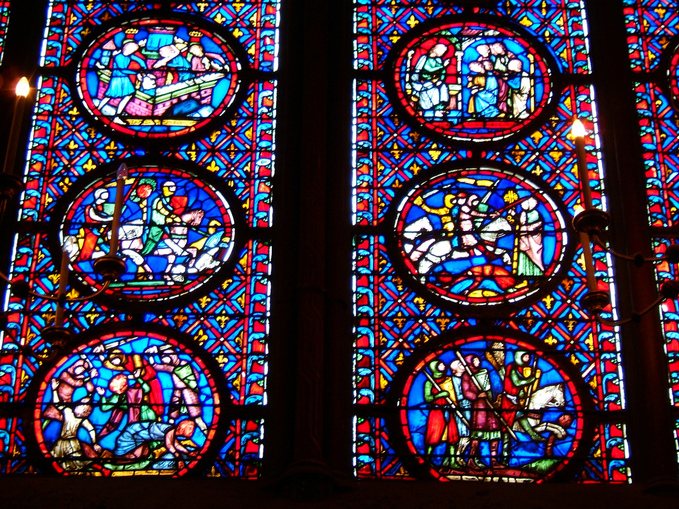
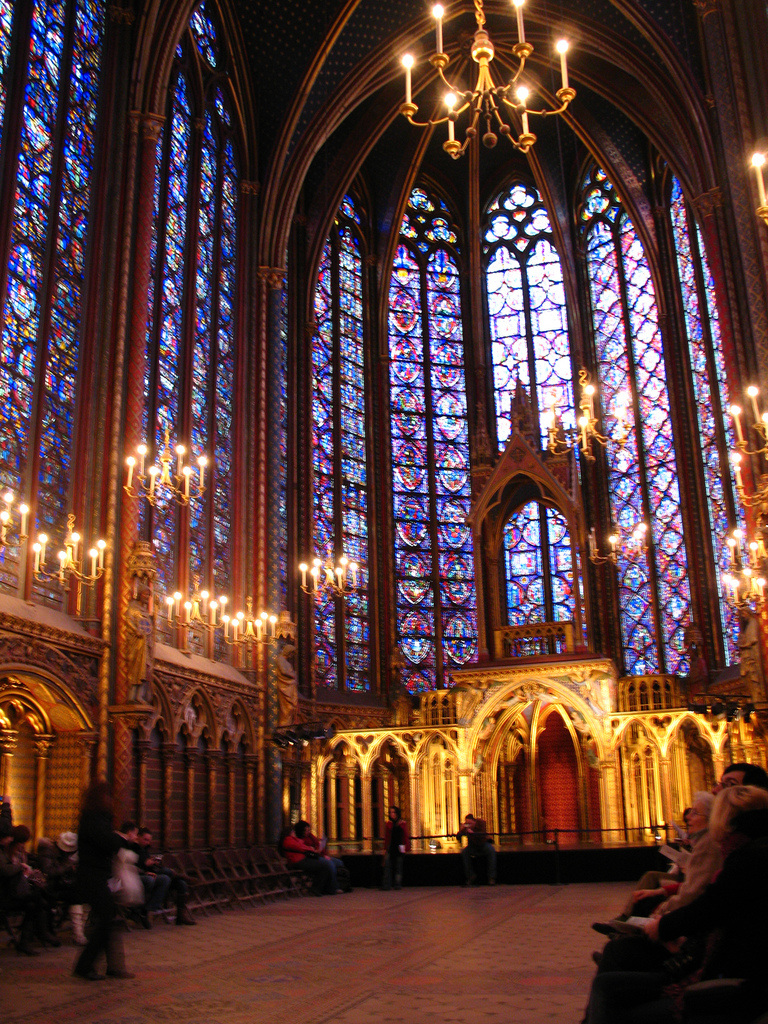
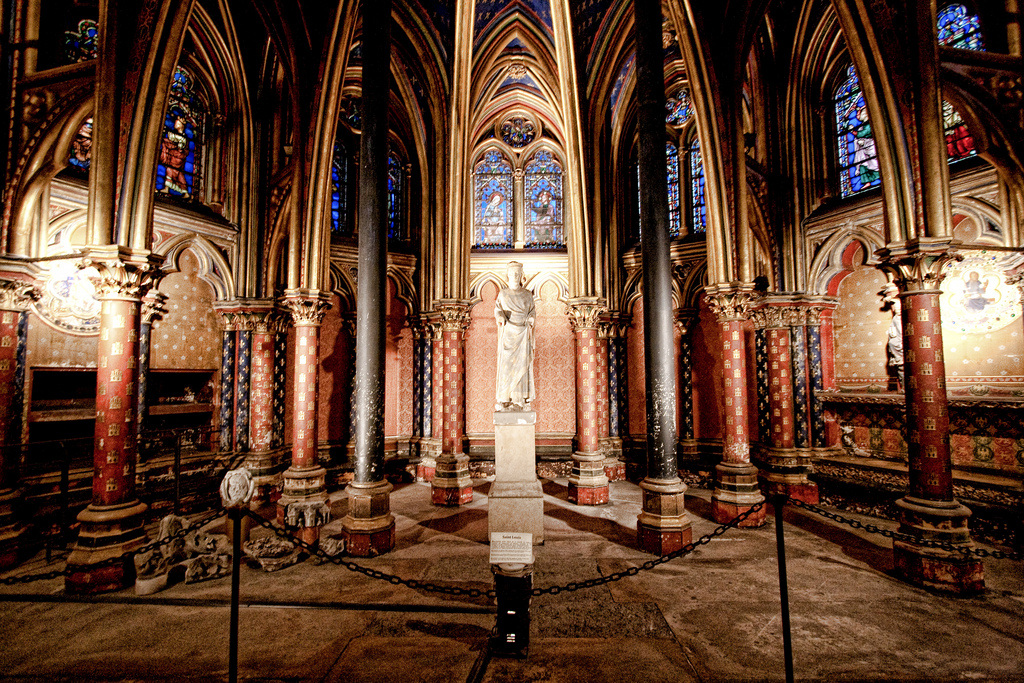
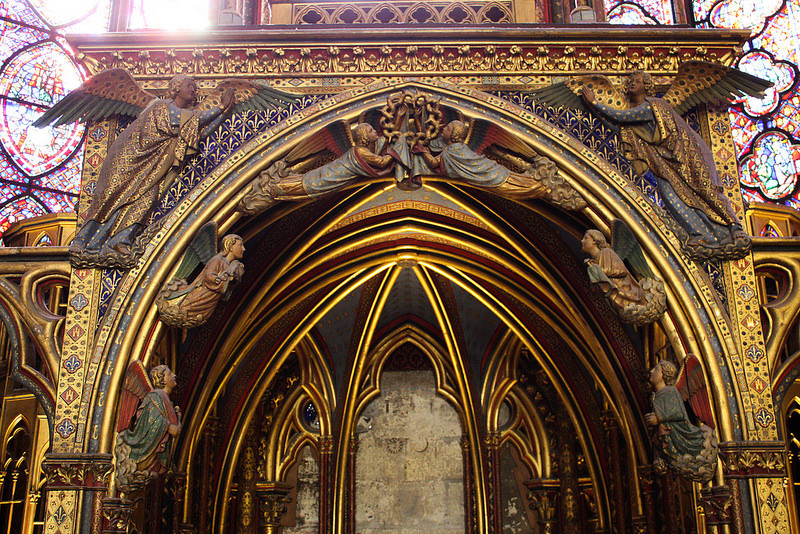
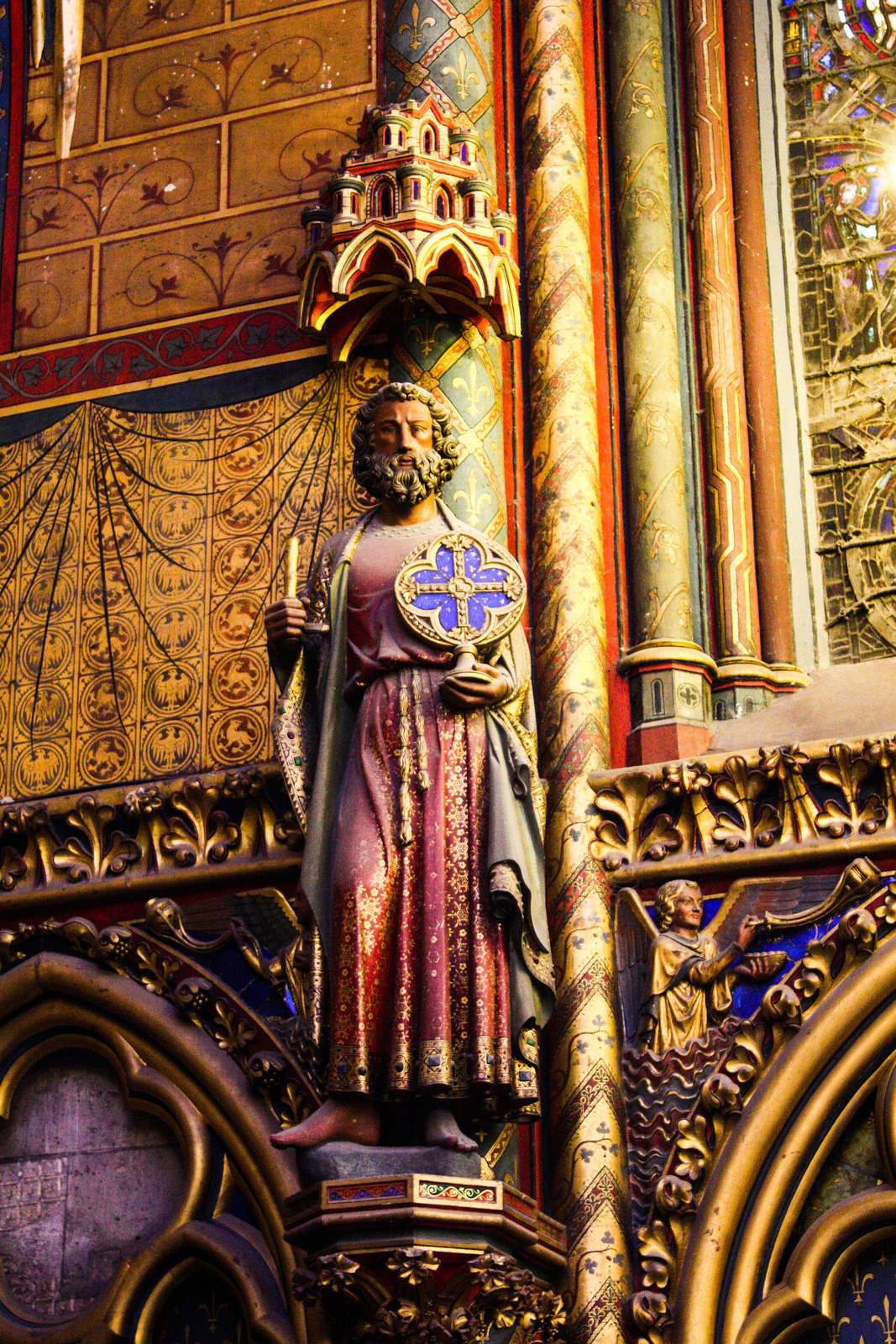
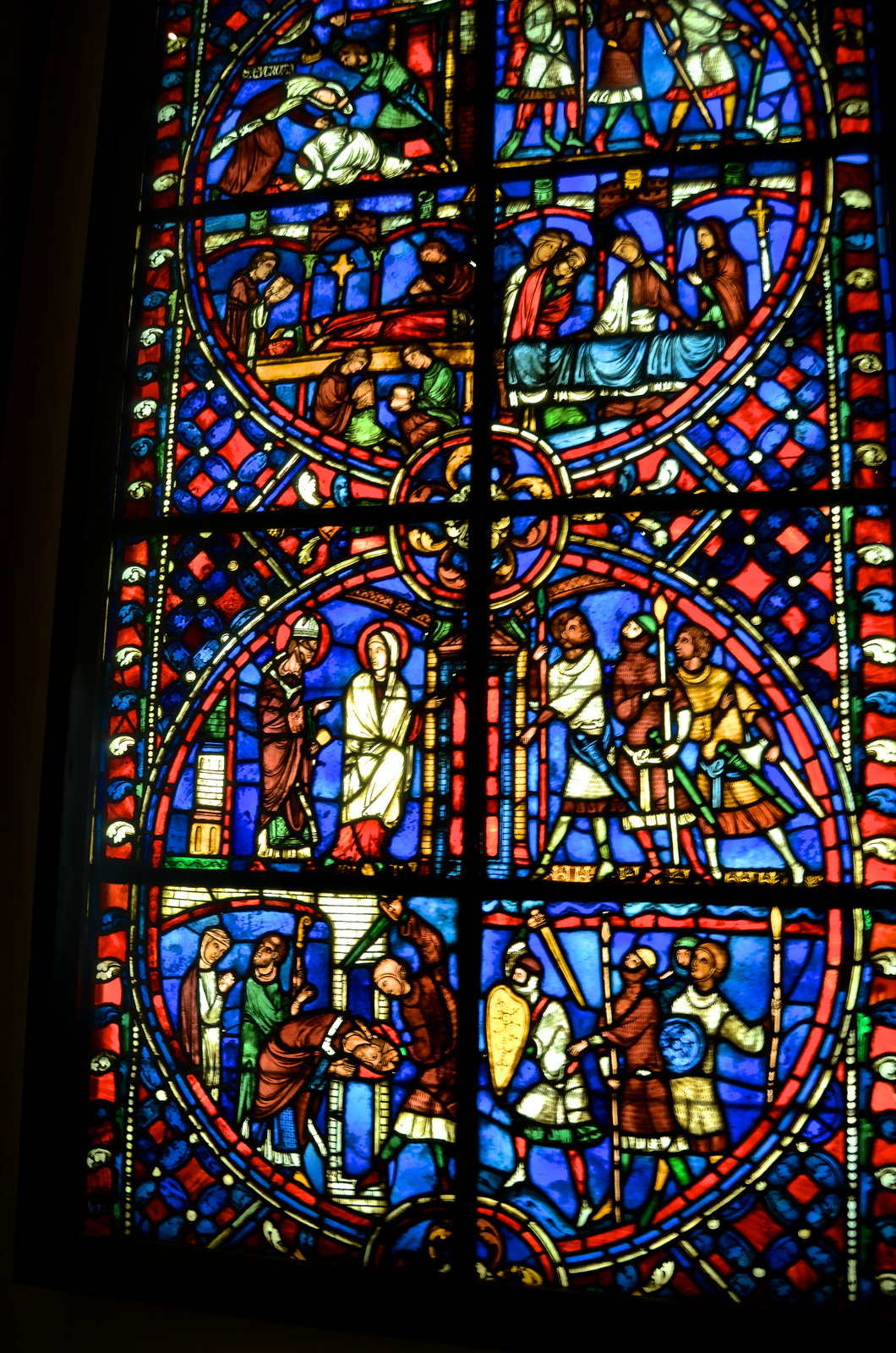
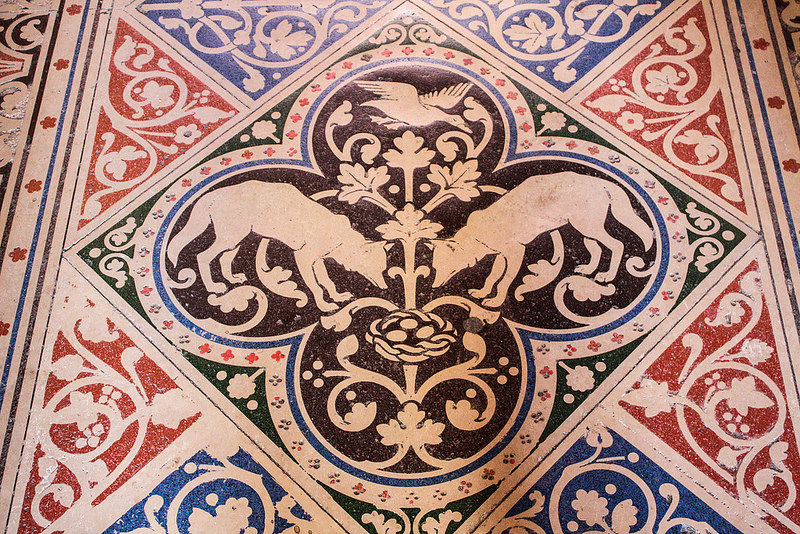
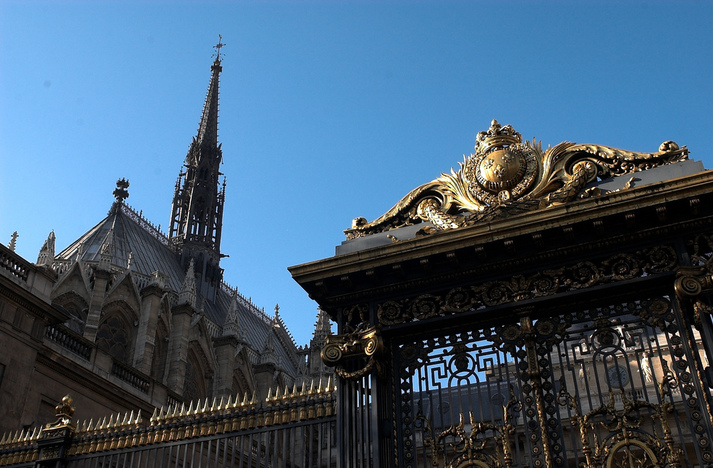

 RSS Feed
RSS Feed
